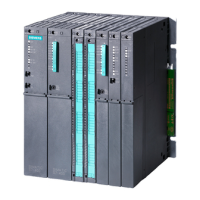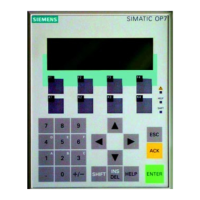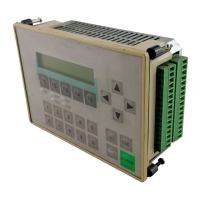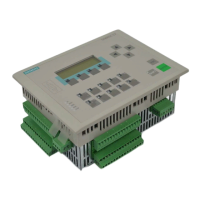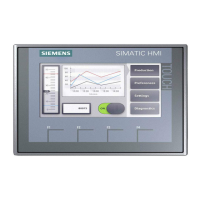Basics of the FOUNDATION Fieldbus
2
2.1 Basic knowledge of FOUNDATION Fieldbus
FOUNDATION Fieldbus (FF) and PROFIBUS PA operate according to IEC 61158-2. The
communication on the fieldbus and the voltage supply of the bus nodes are combined in one
shielded two-wire cable. A maximum of 32 bus nodes is possible on one fieldbus segment (FF
Link + maximum 31 field devices). Data packets are modulated and transmitted on the supply
voltage for the fieldbus nodes. The transfer rate is 31.25 Kbps.
The most important distinctions between PROFIBUS PA and FOUNDATION Fieldbus
● Licensing
You need the "PDM Foundation Fieldbus" license key to work with SIMATIC PDM.
● Operating mode
– PROFIBUS PA devices are operated in master/slave mode.
– FF devices are operated in publisher/subscriber mode.
● Connection to PROFIBUS DP
– PROFIBUS PA devices are connected to a maximum of five FDC 157-0 DP/PA couplers
(redundancy with 2 fieldbus couplers possible) via DP/PA-Link .
– FF devices are connected to an FDC 157 fieldbus coupler (redundancy with 2 fieldbus
couplers possible) via FF Link (IM 153-2 FF) .
● Communication with the automation system
– PROFIBUS PA devices only communicate via the automation system. An exception to
this rule is the direct access to a PA device.
– FF devices can communicate via the FF segment without participation of the automation
system. The name of this function is "Control in the field" (CIF). CIF enables
technological function between FF devices.
Terms used for FOUNDATION Fieldbus (FF)
● Publisher and Subscriber
– In the time period during which an FF device sends its data to the FF, it is referred to
as the Publisher.
– In the time period during which an FF device reads data from the FF, it is referred to as
the Subscriber. The Schedule defines when a Publisher sends data and when a
Subscriber receives data.
● Client and Server
– The client-server principle is used for acyclic services.
FOUNDATION Fieldbus
Commissioning Manual, 03/2013, A5E03880935-02 7

